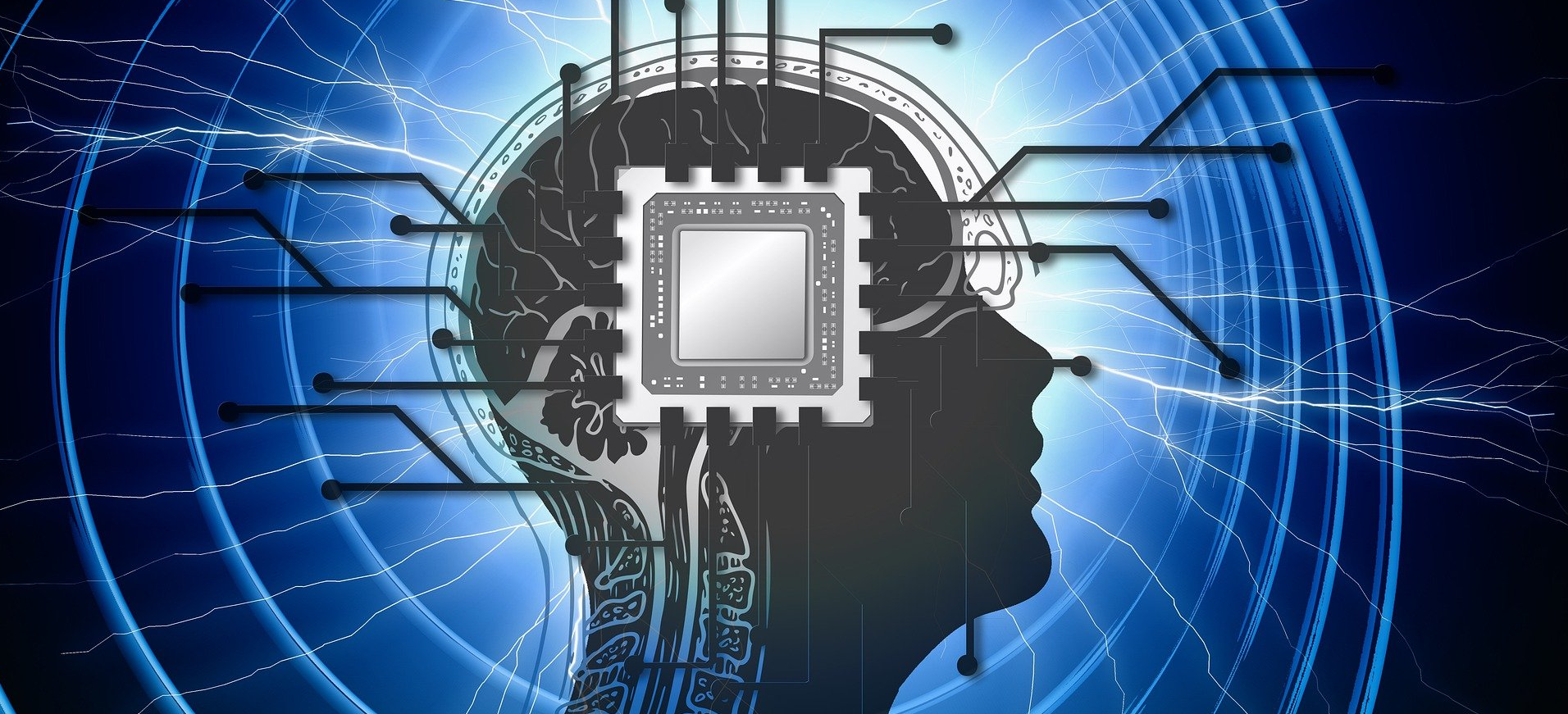Balancing Technical and Social Effects of Asian AI Potential
Artificial intelligence or AI has powerful solutions for constrained problems. It can automate about half of the work across Asia that creates nearly $1 trillion in wages. The US ranks first in AI adoption, followed by China. In Southeast Asia, Singapore has made the most advances, with Malaysia and Vietnam also fast increasing adoption.
AI use cases are growing consistently – from transportation to financial services, and from healthcare to education. The technology holds potential to boost productivity significantly.
But what is the social cost of this disruptor if enacted instantly? How can AI be applied to adjust worker furlough or worklessness? What is the likely timeframe for this disruption – to commence and to be solved? Which countries will be most affected?
Horasis intends to invite diverse viewpoints on the effects of emerging technologies. With that in mind, we are organizing the Horasis Asia Meeting on 26 November 2021. It is a one-day virtual event that will see participation from a diverse range of people, spanning members of governments, businesses, academics, and the media. The goal is to deliberate on pressing issues that and arrive at actionable solutions that can ensure shared prosperity.
Applying AI to Lower Unemployment Levels
Naysayers often remark that higher AI adoption rates will lead to a corresponding increase in unemployment. But a UN report highlights why this standpoint couldn’t be further from the truth. AI, or other such emerging technologies, are competent at performing specific tasks; they cannot offer the versatility of a human worker. Come to think of it, there are several non-core functions that a worker performs, and machines have yet to learn more complex things such as emotional intelligence and empathy.
When drawing on examples from history, each industrial revolution ushered in waves of innovation. But at each of these inflection points, overall employment levels made substantial gains. The report also made an interesting observation: that “only one out of 270 occupations listed in the 1950 US census had been eliminated by automation – that of an elevator operator.”
Key Benefits of AI Adoption
AI adoption can be a net positive contributor to social outcomes in South Asia. For example, it lends itself well to financial inclusion. Coupled with machine learning innovations, enhanced credit models can extend a better shot at socio-economic development for millions in the region. A large share of South Asia’s residents and small businesses are underbanked, or still unbanked. In this context, AI is a proven method to accomplish wider financial inclusion goals.
With small businesses providing the bulk of employment, there is need to provide stronger enablers to this segment to encourage growth and expansion. But growth plans are often stalled due to credit inaccessibility. With mainstreaming of neo-banks, that are AI-driven, access to credit will become significantly easier.
On the healthcare front, remote care platforms can be built using AI. In rural areas, for instance, where healthcare facilities are lacking, remote diagnosis or consultations will be a welcome relief for residents.
In Indonesia particularly, it was observed that the bulk of medical professionals were based in urban areas. This was understandable because it meant better economic opportunities, both from an employment or business viability perspective. Higher population densities in urban areas, combined with relatively higher affluence levels, dissuade healthcare professionals from taking on rural assignments. However, 70 percent of Indonesia’s citizens are rural based and only 20 percent of healthcare professionals service these areas.
With AI adoption, a definite outcome will be an increase in remote consultations. Not only will it improve service levels, it will also lower expenses that are usually incurred in accessing healthcare services.
Speed of AI Adoption
Emerging technologies—such as AI—will see fast adoption. While the rate of new inventions may not be necessarily at their highest, there is now considerably less time taken from a new innovation being introduced, to becoming commonly used.
For example, when steam powered machines were fist invented, it took an estimated 80 years before they became commonly used. When it was succeeded by electric powered equipment, the corresponding time taken, or implementation lag, was down by 50 percent – to 40 years. This implementation lag was halved yet again when information technology began to make inroads. A 2020 Brooking study suggests AI powered innovation, meanwhile, will take only 10 years to register extensive use.
However, to enable faster and wider AI adoption, regional economies must prioritize building the foundational digital infrastructure and data ecosystems. Only then can its full potential be realized in bringing about socio-economic development. Policymakers have a pivotal role to play in outlining regulatory frameworks that support AI innovation, development, and adoption. Academic centers, with a focus on AI programs, will help in upskilling or reskilling youth. What must be embraced is the idea that AI holds promise in contributing to inclusive growth and positive social outcomes.
Photo Caption: AI can unleash opportunities aplenty.



